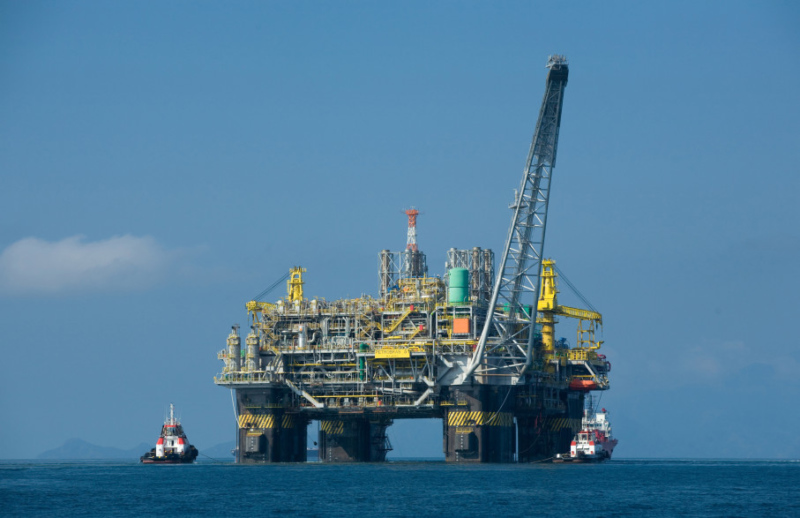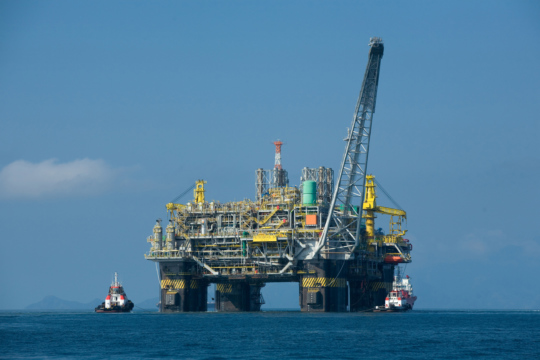Is the US Likely to Engage with Cuba on Offshore Drilling?
Will Cuba be able to safely regulate its oil industry?
On Wednesday, April 23rd, the Dialogue hosted a panel discussion on the recent boom in North American unconventional oil and gas and its implications for Latin America. The session featured Edward Morse, Citigroup’s global head of commodities research, Sarah Ladislaw, director of the energy and national security program at the Center for Strategic and International Studies (CSIS) and Francisco Gonzalez, Riordan Roett chair in Latin American studies at the Johns Hopkins University’s School of Advanced International Studies (SAIS). The conversation was moderated by Lisa Viscidi, director of the Inter-American Dialogue’s program on energy, climate change and extractive industries.
Oil and gas production in the United States and Canada has increased considerably since 2008, as technological advancements have driven development of unconventional resources, such as shale and tight oil. This expansion will dramatically affect the energy outlook for Latin America, although the extent and nature of its impact varies widely between countries.
Francisco Gonzalez opened the Dialogue’s session by highlighting the main threats and benefits of the surge in North American production for Latin America’s major economies. He warned that Canada’s heavy oil is increasingly competing with Mexican and Venezuelan heavy crude. However, on the plus side, cheap US gas exports to Mexico will likely reduce electricity costs, boosting Mexico’s manufacturing sector.
Edward Morse noted that, due to the US ban on most crude exports and excess refining capacity, the US has become a major exporter of refined products, with Latin America the main destination. However, Morse believes that many observers are underestimating the growth of US crude oil exports, which have already grown from 30,000 barrels per day in 2008 to 200,000 b/d last year. As US output grows, he said, US exports to Canada will exceed 400,000 b/d by the end of this year, and US crude oil exports to Mexico are also likely on the horizon.
Sarah Ladislaw was similarly bullish on the outlook for US gas production, which she noted is up 40 percent from 2005. A large portion of this increase comes from development of the Marcellus shale, which alone is more productive than the world’s two next largest gas producing countries, Qatar and Australia. Domestic production has already displaced most US imports from Canada, Trinidad & Tobago, and Peru, as the US approaches self-sufficiency in natural gas, and 30 facilities now await LNG export permits from the US government. Ladislaw cautioned, however, that resource abundance in other countries does not mean that shale production elsewhere will reach the scale it has in the US, noting that the significant shale gas reserves in Argentina, Mexico and Brazil remain undeveloped.
Participants concluded that North America’s energy boom holds important geopolitical, as well as economic, impacts. If the US becomes a major crude oil exporter, trade allies including Israel, Japan and Korea, could benefit. Moreover, burgeoning production could spark further North American economic and political cooperation, and US oil exports to the region could decrease the influence of Venezuela in Central America and the Caribbean. While many questions remain unanswered, panelists agreed that the North American energy boom will have long-term implications for Latin American countries and global energy markets.
Will Cuba be able to safely regulate its oil industry?
Despite its prodigious petroleum reserves, many countries in Latin America are experiencing declining production. What explains the paradox?
Brazil’s oil and gas and electricity sectors are an important destination for Chinese direct investment.
 Petrobras / Agência Brasil / CC BY 3.0 BR
Petrobras / Agência Brasil / CC BY 3.0 BR

